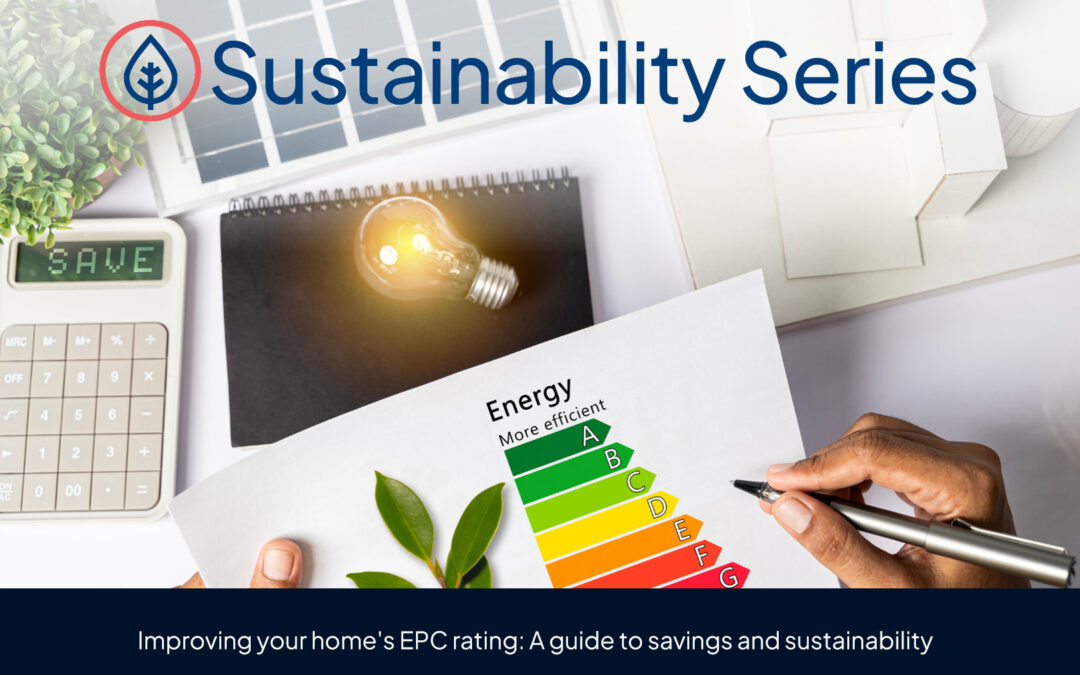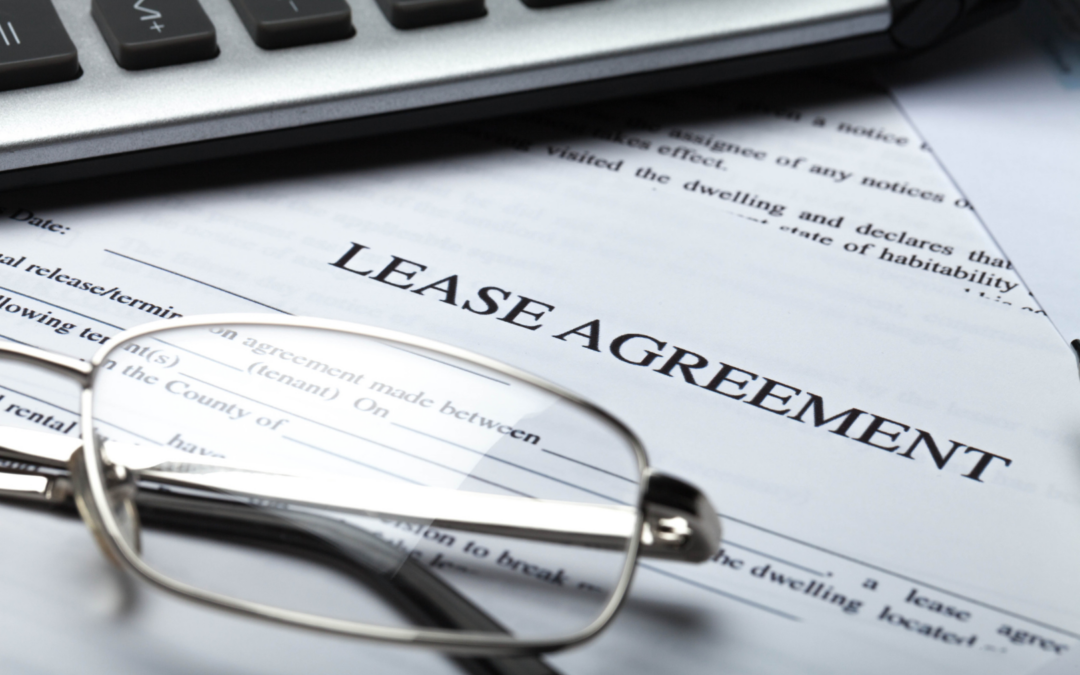Dry rot is a serious problem that can affect properties across the UK. If you are looking to either buy or sell a property that has dry rot then it should be treated as soon as possible to minimise structural damage to the property.
To help guide you through how to handle a dry rot problem this helpful guide explains the seriousness of dry rot along with some tips on treating a dry rot problem. It also explains:
- What is dry rot and how is it caused?
- Identifying the signs that you may have dry rot
- How can dry rot affect the buying and selling process?
- Steps to take to treat and prevent dry rot
What is dry rot and how is it caused?
Dry rot, otherwise known as ‘Serpula Lacrymans’, is a destructive wood-rotting fungus that despite its name, attacks damp timber. The optimum temperature for dry rot to grow is at 22ºC with the maximum temperature been 26 ºC.
Dry rot is very destructive because of its ability to spread on to all sorts of materials ranging from carpets to living room furniture. One of the root causes of dry rot is dampness. There are several types of dampness that can cause dry rot but one of the main causes is penetrating damp. This can be as a result of heavy rainfall penetrating the property or because of damaged rainwater goods.
The signs that you may have dry rot in your property
Dry rot is quite distinctive compared to other rots and has several key characteristics.
- Mycelium growth. This type of growth is a white/grey cotton wool like substance and is normally present on the timber.
- The smell is also a key indicator that you have dry rot appearing in your property. This wood rotting fungus has a distinctive damp, musty odour which gets stronger as the dry rot spreads.
- The damaged timber will appear to be dried out and the wood will be broken up through cuboidal cracking. The wood also tends to darken as the dry rot attack worsens.
There is often confusion surrounding the differences between wet rot and dry rot as there are similarities between them both. This can often leave property owners feeling confused as to the nature of their problem. It is important that an inspection from a dry rot specialist is made as soon as possible to correctly identify the outbreak as well as put together an action plan to treat the affected area.
The main difference between wet and dry rot is that wet rot occurs more on a regular basis than dry rot and is less serious as it doesn’t spread and usually only attacks one timber. Wet rot needs a high moisture content of around 50 per cent for the rot fungus to be present while dry rot only requires moisture of 20 per cent. If wet rot is left untreated then it can cause structural problems to your property due to the timbers weakening from sustained dampness.
How does dry rot affect the buying and selling process?
Having a dry rot problem with a house you are selling, or buying, could prove to be a big headache. Dry rot can cause serious damage to the structural integrity of your building by feeding on the timbers. The property could therefore be made structurally unstable if the timber is infected with dry rot, resulting in giving any potential buyer a reason to pull out of the house sale.
Steps to take to treat and prevent dry rot from taking over your home
If you are looking to sell your property, and you suspect you may have a dry rot problem then treating dry rot in your property should be carried out by a dry rot specialist to prevent further damage occurring, as well as ensuring that the correct type of rectification takes place.
The most important part of treating dry rot is to identify the source of damp issue as this is the main source of food for the dry rot to grow. There can be steps that can be undertaken by the property owner to reduce the risk of dry rot, such as installing underfloor ventilation. This will remove the stale, moist air from the property and as a result reduce the risk of a dry rot outbreak.
Fixing any external defects your property may have will also help keep the risk of dry rot at bay. In a majority of cases this can be carried out by the homeowner. Things such as removing blockages from drainage pipes can help reduce the risk of penetrating dampness affecting your home. To prevent a dry rot outbreak from occurring again you will need a specialist dry rot contractor to correctly specify and apply treatments to your property.
If you are unsure of how to deal with a dry rot outbreak and you need the dry rot problem treated effectively, then it is always best to contact a qualified dry rot surveyor. Having a thorough survey carried out can ensure that you will receive expert advice on the best way to deal with your dry rot problem and ensure that the issue will not occur again.
This post was provided by Timberwise






